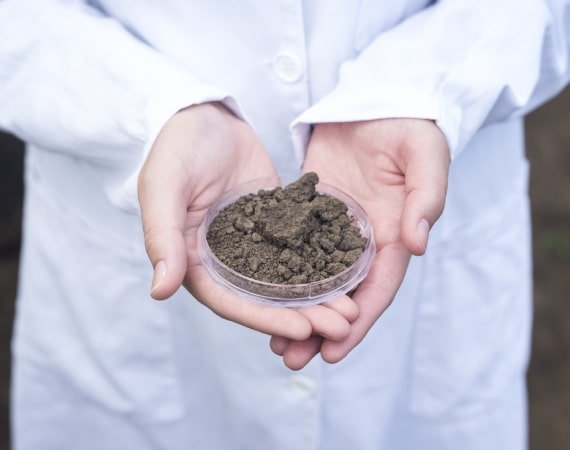
China Clay
China Clay, also known as kaolin, is a fine, white clay mineral derived from the weathering of feldspar rocks. Named after the Kao-Ling mountain in China where it was first discovered, this versatile mineral has found its way into various industries owing to its unique properties.
Properties of China Clay
- Composition:
China Clay primarily consists of kaolinite, a hydrated aluminum silicate. Its composition makes it distinctively light and soft, with a silky feel.
- Color:
- Plasticity:
The natural color of China Clay is typically white, but it may also appear in shades of pink, green, or yellow due to impurities. Its pale hue makes it highly sought after for applications requiring a bright and clean aesthetic.
China Clay exhibits excellent plasticity when mixed with water, making it a key ingredient in the production of ceramics, porcelain, and various other clay-based products.
Industrial Applications
China Clay plays a pivotal role in numerous industries, contributing to the creation of diverse products:
- Ceramics and Pottery:
- Paper Industry:
- Paints and Coatings:
- Rubber and Plastics:
Renowned for its fine particle size and plasticity, China Clay is a fundamental component in the manufacturing of high-quality ceramics and pottery. It enhances the workability of clay and contributes to the smooth texture of the finished products.
In the paper industry, China Clay is used as a coating material to improve the surface properties of paper, enhancing printability and providing a smoother finish.
China Clay serves as a crucial extender and filler in paints and coatings. It enhances the viscosity of the paint, improves opacity, and contributes to the overall durability of the coating.
As a reinforcing filler, China Clay is employed in the rubber and plastics industry to enhance strength, tear resistance, and other mechanical properties of the materials.
Environmental Considerations
China Clay mining and processing are generally considered environmentally friendly. However, responsible mining practices and sustainable approaches are crucial to minimize the ecological impact and ensure the long-term availability of this valuable resource.
